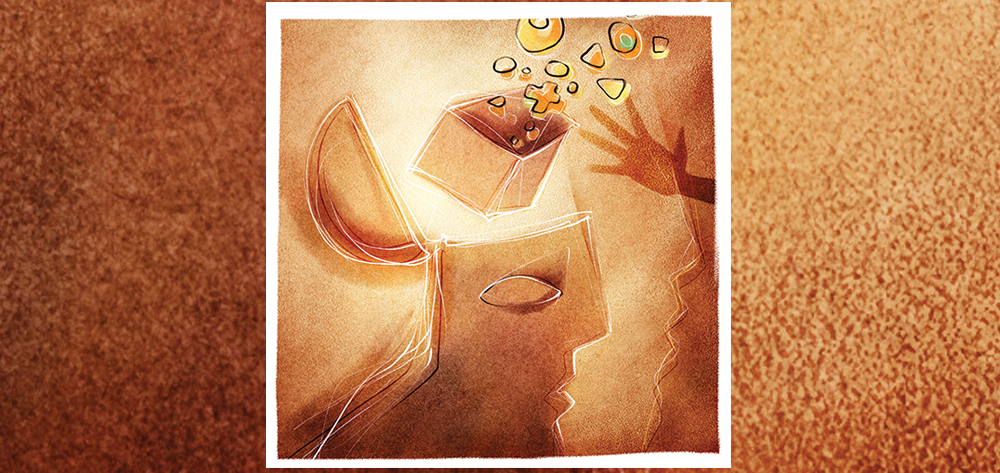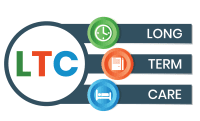Jessica, a Millennial (Generation Y) nurse working on a medical-surgical unit, recently completed her first year of practice. Ralph, her manager, is pleased with her transition and believes she’s making good progress toward becoming a competent nurse.
During her first evaluation, Jessica tells Ralph she has mastered the role of being a med-surg nurse. She wants to know the next thing she can do in her career to reach her goal of becoming a manager. Ralph is disconcerted by her self-assessment, which he thinks doesn’t accurately reflect where she is professionally. A Baby Boomer, he advanced up the leadership ladder one rung at a time. He impatiently tells Jessica she hasn’t achieved competency as a staff nurse. He explains that a management position is a long way off and she needs to focus on mastering her current role.
Ralph’s reaction to Jessica’s self-assessment is a common one among today’s leaders. One of the strongest motivators for Millennial employees is a supervisor who provides career development. Like Ralph, some managers have experience bias; they’ve formed a mental model based on their own experience, which may or may not be relevant to the current situation. When they hear employees like Jessica talk about their career, it reinforces their belief that Millennial nurses aren’t willing to pay their dues. Instead, they want to know where the job will take them.
But Jessica’s desire to know what’s next for her isn’t unusual for someone her age at her point in her career. If she doesn’t receive leadership development, she may leave for what she hopes are greener pastures.
Cognitive biases
We usually think of experience as a strength in leading people, making decisions, or undertaking a new project. But the flip side to having a great deal of experience is that it can bias your thinking when it comes to innovating or dealing with new challenges. In Managing the Millennials: Discover the Core Competencies for Managing Today’s Workforce, the authors suggest one reason many Baby Boomer and Generation X managers feel challenged is that Millennials’ values, attitudes, and beliefs are counterintuitive to their experience bias. Like Ralph, they rarely consider the thinking behind their perceptions or question whether their thinking could be flawed.
We all have cognitive biases—glitches in thinking that lead to questionable decisions and erroneous conclusions. Daniel Kahneman, a Princeton psychologist and Nobel Laureate who studies decision making, explains that our thinking may be flawed if we rely too much on our own intuition and experience. Being aware of our own potential biases can lead us
to ask better questions and avoid making decisions on autopilot.
Besides experience bias, five other cognitive biases also may influence our thinking.
Confirmation bias
As leaders, we feel more comfortable with people who value the things we value and agree with our opinions. Confirmation bias occurs when we seek only those opinions that agree with ours and avoid those that threaten our worldview. We see this behavior in politics today, with some people watching only Fox News and others watching only MSNBC, depending on which commentators they agree with and confirm what they already think is true. But as leaders, we need to feel comfortable having our thinking challenged so we can make the best decisions.
Observational-selection bias
This type of bias occurs when we start noticing things we didn’t pay much attention to before and wrongly assume their frequency has increased. Leaders sometimes do this when confronted with a problem involving a staff member. They start paying close attention to that employee and may mistakenly believe the behavior in question occurs all the time, even though it doesn’t. As a result, the employee may think he or she is being wrongly singled out.
Status-quo bias
In our changing healthcare environment, the status quo may feel comfortable. Status-quo bias leads us to think a change would be for the worse, so we stick to our old routines and old ways of doing things. Instead of trying new things, we make decisions that tend to maintain the status quo.
Projection bias
Projection bias makes us believe others think as we do and agree with us on the issues. The danger is we may assume we have a consensus on issues when none exists. Leaders often fail to communicate decisions fully because of projection bias and the belief others have the same opinion they do.
Bandwagon-effect bias
This bias stems from a “group think” mentality. It can happen where people have a strong desire to fit in and conform. Unfortunately, it can lead to flawed thinking and poor decision making if some aspects of the decision haven’t been considered.
How to overcome biased thinking
The most effective way to avoid biased thinking is to encourage others to challenge your opinions and ideas. Your best decision making occurs when you’ve considered all aspects of a situation, including those that might be uncomfortable. Easy solutions and quick decisions aren’t always best. We need to strive to see more nuances in situations by being aware of our biases.
Surgeon Peter Attia told a compelling story about his biased thinking in a talk he gave about the obesity crisis. As a young surgeon, he felt contempt for an obese patient with diabetes. Because she was overweight, he assumed she was responsible for the fact that she needed a foot amputation. But years later, Attia got an unpleasant surprise of his own when, despite exercise and a healthy lifestyle, he began gaining weight, developed metabolic syndrome, and was diagnosed with borderline diabetes. This led him down a new path in medicine and research. Based on his current work, he questions his old assumptions about diabetes, as well as those of other doctors. He asks whether precursors to diabetes may cause obesity, not the other way around. Are we waging the wrong medical war? Attia’s story underscores our reluctance to question our basic assumptions when we confront a difficult challenge. Even when compelling evidence on the surface suggests our assumptions are correct, there may be more to the story.
Many futurists believe a key skill is the ability not only to test our assumptions but also to “unlearn” long-held beliefs. If you question how challenging this is, just look at the slow implementation of new evidence-based practices in nursing.
Challenging your own beliefs
In Decisive: How to Make Better Decisions in Life and Work, the authors observe that “research…has revealed that our decisions are disrupted by an array of biases and irrationalities. We are overconfident. We seek information that supports us and downplays information that doesn’t.” They urge us to widen our decision-making options and reality-test our assumptions. Assumptions can be driven by personal biases, an overly optimistic or pessimistic attitude, or failure to explore other perspectives.
As nurse leaders, we must challenge our own beliefs and ask better questions. (See Asking better questions.) Consider whether your thinking could be wrong. In the opening scenario, Ralph based his opinions on his own career experiences. But times change, and with leadership development, Jessica could prove to be a capable nurse leader, even though she has much less experience than Ralph had before he became a leader. Providing her with leadership development to help her meet her goals at the same time she strives to achieve clinical competency could be a better approach. Rather than reacting immediately, Ralph should have taken some time before responding to Jessica’s request for leadership development; a delay would have helped take the emotion out of it.
We can be influenced too easily by what feels familiar. Our mental models influence both how we interpret situations and how we react to them. Without carefully checking for biases in our thinking, we may discount a new idea as something that won’t work, without testing that idea. To bring order in our minds to situations that are more complex than we acknowledge, start by asking better questions, being open to alternative viewpoints, and being willing to accept the reality that we might just be wrong.
Selected references
Attia P. Is the obesity crisis hiding a bigger problem? TED.com. April 2013. www.ted.com/talks/peter_attia_what_if_we_re_wrong_about_diabetes?language=en
Dvorsky G. The 12 cognitive biases that prevent you from being rational. i09.com. January 9, 2013. io9.com/5974468/the-most-common-cognitive-biases-that-prevent-you-from-being-rational/all
Espinoza C, Ukleja M, Rusch C. Managing the Millennials: Discover the Core Competencies for Managing Today’s Workforce. New York, NY: Wiley; 2010.
Heath C, Heath D. Decisive: How to Make Better Choices in Life and Work. New York, NY: Crown Books; 2013.
Kahneman D. Thinking, Fast and Slow. New York, NY: Farrar, Straus and Giroux; 2011.
Rose O. Sherman is a professor of nursing and director of the Nursing Leadership Institute at the Christine E. Lynn College of Nursing at Florida Atlantic University in Boca Raton. You can read her blog at www.emergingrnleader.com.


















